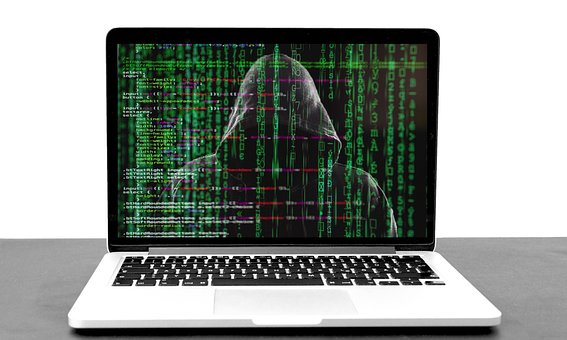Earlier this year, it was predicted that cybercrime will rise to new levels of sophistication with the dynamism in innovation.
Gradually into the year, the United Nations reported a 600% increase in cybercrime from the pandemic year to July 2022; imagine the increase now!
This rate is expected to increase by 2023, but new technologies are being created to combat hackers better than ever before.
Several organisations have also put in effort to battle this challenge, including Kaspersky’s threat intelligence data shared with INTERPOL to contribute to its Africa Cyber Surge Operation (ACSO), outlining recommended actions to be taken by the national authorities.
Cybercrime costs the world’s economy billions of dollars, and it’s a global threat to national security, individual security and business.
To ensure predictions of its rise do not come to be, let’s take a look at some of the most important things we can do today to prepare for this looming crisis:
Human Behavior
Human behaviour is the main cause of cybercrime. We are the weakest link in the security chain and have been for a long time. Cybercriminals look for ways to exploit human behaviour and we need to be aware of this fact before they can do it successfully.
It’s not just about stealing your personal information, identity or money; it’s also about getting access to your system so that you lose control over important data like customer lists and pricing structures which could lead them down a path of making more money off your company than what they initially started out with!
Cloud Security
Cloud security is a growing concern for businesses, government agencies and individuals alike. It’s not just the fact that cloud services are becoming more ubiquitous—which means they’re accessible from anywhere at any time—it’s also because there’s no way to enforce security if your user doesn’t want to comply with it.
Cloud computing has become so popular because it allows users to access their data easily, without having to worry about storing it locally or keeping up with backups. But this convenience comes at a cost: data can be accessed by anyone who has access to the server hoster’s network infrastructure, meaning hackers could potentially steal personal information from your accounts without you knowing about it until long after the damage has been done (and too late).
Legal System
The legal system needs to be updated to keep up with the pace of technology. New laws need to be passed, as well as more training for law enforcement personnel. Also, it’s important that we have a way of prosecuting cybercriminals in other countries without having our own laws violated by them.
In addition to these changes in the legal system (and many others), there are other ways we can improve our ability to fight cybercrime:
Social Networking Sites
While social networking sites are a great place to find information on potential targets, they’re also a convenient place for cybercriminals to find victims. Hackers can use social media platforms like Twitter and Facebook to spread malware, phishing scams and identity theft.
The number of users on social networking sites is increasing rapidly; in fact, according to Statista research from 2015: “The number of monthly active users who use Facebook has grown by more than 2 billion people since 2012.” This means there are plenty of people that have been using these platforms in 2022, without knowing that they’re being targeted by hackers!
Cybercrime is a growing threat to businesses and individuals, but it’s also an industry that has been booming.
At this rate, 2023 could see fewer cybercriminals as well as new technologies that can combat them—but only time will tell if these advances will keep pace with demand and put an end once and for all!
Conclusion
The future looks promising for law enforcement, but it will require a combination of new technologies and human behaviour to prevent cybercrime. As these technologies become more widely available, we can expect them to be incorporated into our daily lives. For example, self-driving cars may soon be able to detect if someone is using them without the driver’s knowledge—and take measures against possible criminals.











